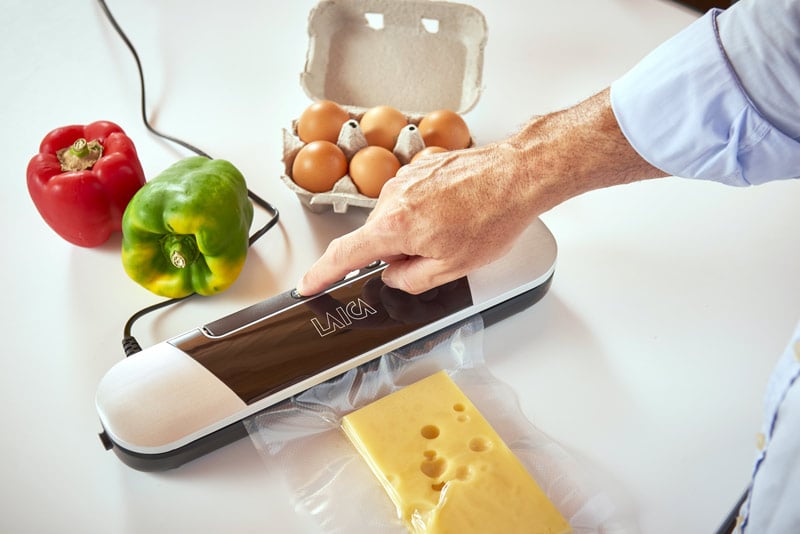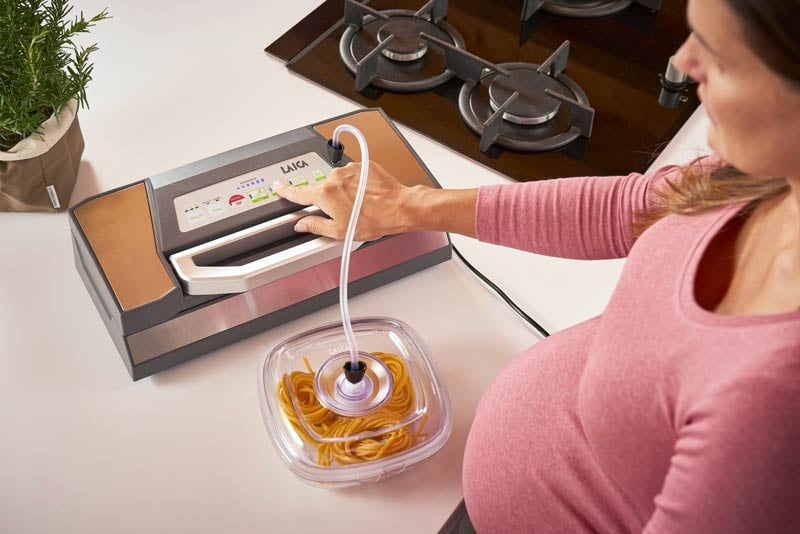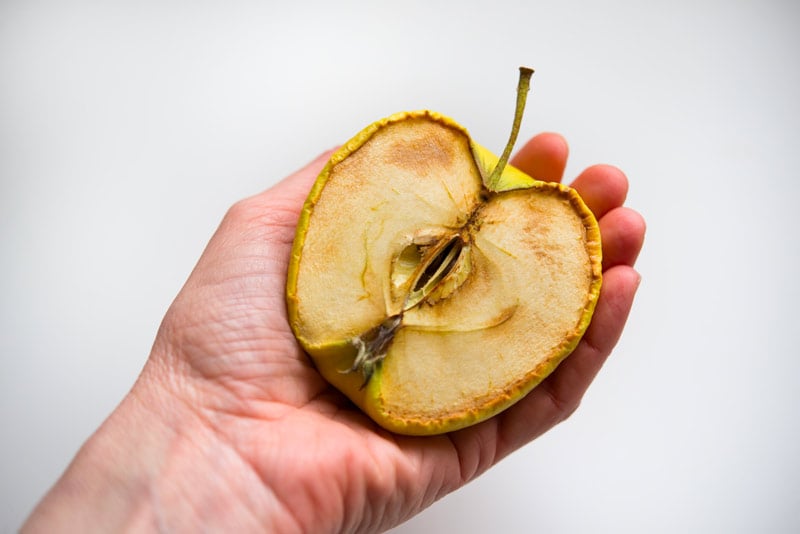Laica Blog
Is vacuum storage safe? Tips and benefits
Vacuum storage is an extremely useful way of extending the shelf life of food, meaning the amount of time that an item of food maintains its properties, slowing its natural deterioration.
It is very important to note that this method can also be used at home, providing that it is done carefully and safely to ensure that the food is properly preserved.
In this article we will take a look together at the advantages and benefits of vacuum storage, what tools it requires and why vacuum storage can be a valuable tool for anyone who wants to eat sustainably and enjoy a balanced diet.
1 - How does vacuum storage work?

Vacuum storage is a method that is used widely both professionally and domestically. It works by removing oxygen from the bags and containers which food is stored in. Removing the oxygen reduces the potential of bacteria spreading and food oxidation processes.
A hermetic seal with stoppers, zips or heat sealing guarantees that the food stays fresh until the expiry date. This method can be used for raw and cooked food, either animal or plant-based, and is a very effective way of storing food in the freezer as it prevents “freezer burn”.
2 - What do you need for vacuum storage?
 As we have mentioned, vacuum storage for cooked meals or raw food is not reserved solely for fancy Michelin-starred restaurants. These days you can find a huge number of household appliances, both large and small, that allow you to use this storage method in your own kitchen.
As we have mentioned, vacuum storage for cooked meals or raw food is not reserved solely for fancy Michelin-starred restaurants. These days you can find a huge number of household appliances, both large and small, that allow you to use this storage method in your own kitchen.
Let’s take a look together at the key equipment that you need to start using this method yourself:
- Vacuum sealer: a vital item, available in a range of sizes and with different functions. The simplest vacuum sealers take up very little space and can be stored in a kitchen drawer; we recommend the LAICA VT3205, which is small, lightweight and even magnetic (so it can be attached to a metal surface in the kitchen, ensuring it is always close at hand). If you would rather have a more advanced, semi-professional model, we recommend the LAICA VT3120. It is such a simple appliance to use: switch it on and it extracts the oxygen from the storage package and it (almost always) automatically creates a hermetic seal.

- Plastic bags: essential for containing the food to be stored, but also sauces for food that has already been cooked. The vacuum sealer, having extracted the oxygen, normally heat seals the bag. We recommend the LAICA VT3509, VT3505, and VT3508 bags. For the more environmentally conscious, there are also reusable plastic bags, such as the handy LAICA VT3521 bags.
- Rigid containers: plastic or glass. They allow users to safely store and transport vacuum packaged food. They are connected to the vacuum sealer via a small tube. These containers are also available in a range of shapes and size but many of them are suitable for storing items of food which include liquids. We recommend the rigid LAICA VT3305 containers, or the smart glass ones, VT3306 and VT3307.
3 - Advantages of vacuum storage
 It is now time to be clear about the benefits of vacuum storage. As we have seen, this is a quick and practical process, but what benefits does it provide? Here is a selection of them:
It is now time to be clear about the benefits of vacuum storage. As we have seen, this is a quick and practical process, but what benefits does it provide? Here is a selection of them:
- Reducing the spread of bacteria: removing the oxygen dramatically reduces the growth of aerobic bacteria, preventing the food from going off prematurely. It is very helpful for extending the “expiry dates” for fresh food, such as cured meats, fish, cheese, and vegetables.
- Reduced oxidation: the absence of air slows the oxidation process, which occurs when food comes into contact with oxygen and starts to discolour. This is another significant advantage because, for example, we can prepare a snack in advance which includes slicing up an apple, and then vacuum pack it and take it with us. When the time comes to eat it, the apple is still completely fresh and not discoloured by oxidation.
- Saving money: Vacuum storage of vegetables, fruit, meat, and other foodstuffs allows us to always have them to hand, just as fresh as if they had just been purchased. The money saving aspect comes from the fact that we can buy more of the same amount of food, safe in the knowledge that we can extend the lifespan of the item.
- A better organised fridge or pantry: dividing food into portions and placing each one into a vacuum plastic bag or container automatically ensures a better organised fridge or pantry. On top of that, if there are allergies or intolerances in your family, the storage containers ensure that there is no contamination between the different foodstuffs.
4 - Vacuum storage safety: tips for optimising storage
As we have seen, vacuum storage is a safe, practical and easy-to-use process even at home. However, there are some key things to remember to avoid any risks.
Here are some tips:
- Use containers and bags which are designed for vacuum storage and which are compatible with the vacuum sealer you have chosen
- Follow the manufacturer’s instructions: each vacuum sealer machine has its own particular functions
- Regularly check the condition of the bags and seals.
- Remember that vacuum storage extends the life of food but it does not mean it will last forever; if you are unsure, take a look at our table.
To sum up, vacuum storage is an ideal way to maintain the freshness and quality of food, guaranteeing safety and efficiency, and allowing you the chance to eat a healthier, more informed, and better balanced diet.





It's your turn, leave your comment!
Get the latest from the Laica blog